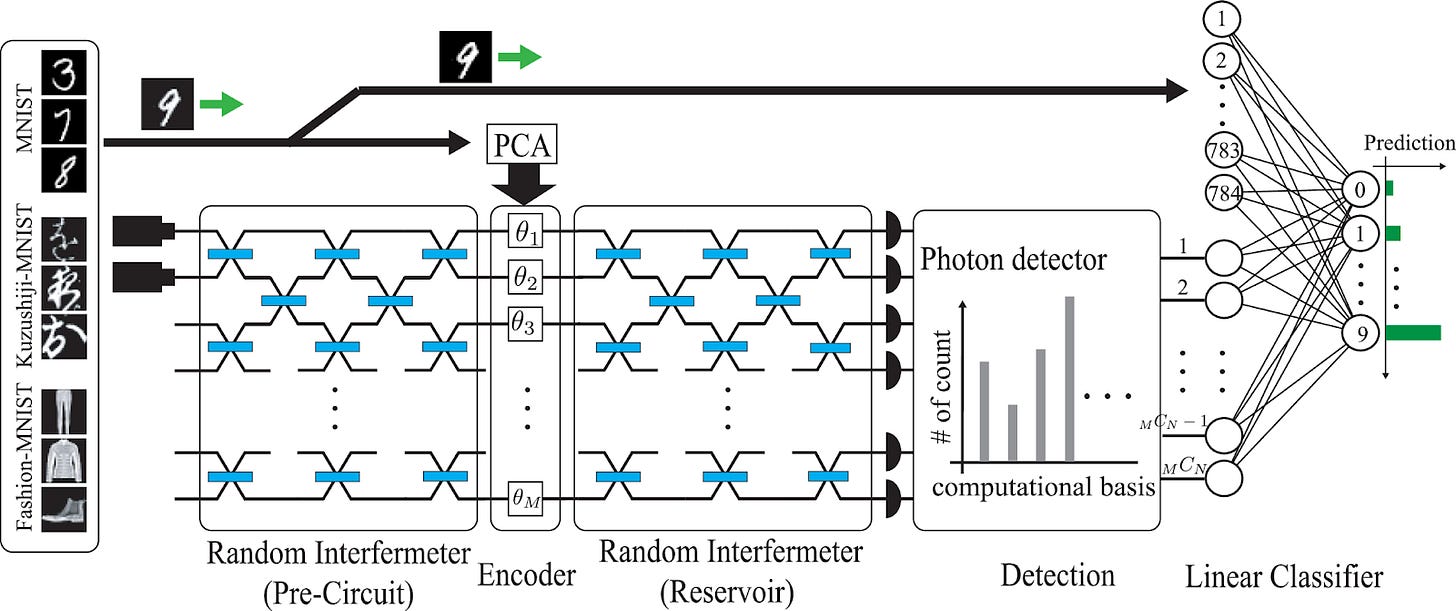Transparent Heads, Quantum Use, & Carbon Capture Cancellations
This week’s science bits from SWTG
Scientists Measure Light Going Through Human Head
Image: Radford et al, Neurophotonics 12, 2, 025014 (2025)
If you’ve ever tried to cover a flashlight with the palm of your hand, you’ll have noticed that the human body is partly transparent: with a light source of high enough intensity, you can literally see through it. The trouble is that most of the light scatters in tissue. Not only does this obscure structures, there’s also little that arrives on the other side.
These two problems, however, have become more tractable in recent years thanks to more sensitive light detectors (which now operate at the single photon level) and increasingly powerful computer systems which can reconstruct structures even after the light has scattered.
In an impressive study that was just published, researchers from the University of Glasgow used lasers in the near infrared to image brain structures. While the method cannot, for now, replace other imaging methods, it might be able to complement them. More here. Paper here.
A New Use for Quantum Computers
Figure: Sakurai et al, Optica Quantum 3, 3, 238 (2025)
A group of researchers from Japan have proposed a new use for quantum computers based on boson sampling. This, and the closely related method of random circuit sampling, has been used in all existing demonstrations of quantum advantage – that is, the cases in which a quantum computer performed a calculation that would have taken much longer on a conventional computer.
The problem with these sampling demonstrations is that, while they do serve to prove the quantum advantage, the result has no practical use. At least that’s what we thought so far.
The Japanese group now says that the boson sampling can be used to encode visual details of images, and that, due to the quantum advantage, this method could work much faster than current methods. Such an encoding of visual details could then be used, for example, to train AI. That said, they did not show that this method can beat other algorithms in doing the same job. Still it’s a neat idea. Paper here, press release here.
White House Cancels Contracts for Carbon Capture
The US Department of Energy has announced the termination of 24 awards issued by the Office of Clean Energy Demonstrations with a total value of $3.7 billion. Most of these awards were handed out during the Biden administration for carbon capture projects.
Removing carbon dioxide from the atmosphere has been the last ditch hope of environmentalists to keep global warming below 2C° above the pre-industrial average. Many, however, reject the idea because they fear it would encourage further use of fossil fuels.
In the end this probably won’t make much of a difference because all estimates I have seen found that, even if technological solutions for removing carbon dioxide from the atmosphere were to be widely deployed, it would be ridiculously expensive to get to the point where they have any appreciable impact on the climate.
Quantum Chat
I had a lovely discussion with Matt O’Dowd from PBS Space-time about quantum everything last year and it’s now on YouTube. Check it out here.







